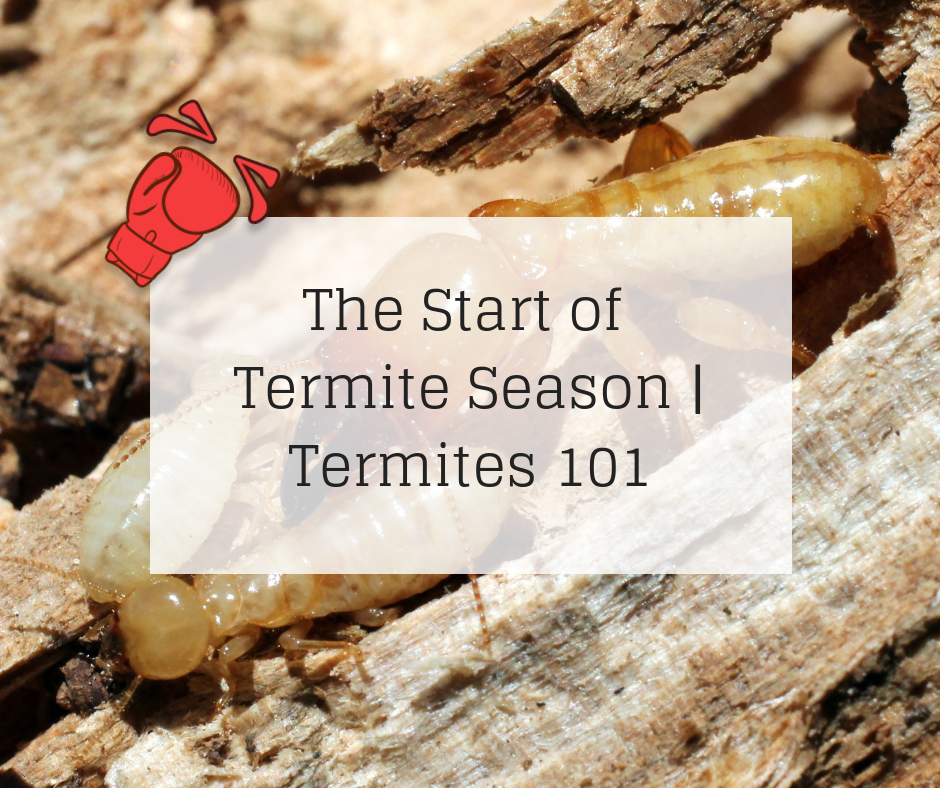
The Truth: How Spiders Spin Their Webs
Nothing is more annoying than walking through your home and getting entangled in a strand from a spider’s web.
While it can be frightful to suddenly walk through one of these webs, it also ignites a bit of curiosity.
There’s always that thought of “How do those spiders make those crazy webs?”
About the Web
The web that spiders produce actually starts out as a gel liquid that is produced by their silk gland. Once the gel is transported from the gland into the abdomen, a silk-like fiber can be pushed out through a small spigot.
This newly formed webbing is absurdly strong as it is relatively stronger than steel!
Liquid to Solid
How does the silk liquid turn into the final fiber?
Research shows that it has to do with the acidity levels of the silk. The solid fibers of silk are more acidic than the liquid thanks to a higher level of protons.
The proteins in the liquid will pick up more protons, resulting in the proteins becoming positively charged — which will group the proteins together.
Dealing With Webs
It’s amazing how spiders actually create their webs, but unfortunately, they tend to create too many of them. When a spider creates a web, they will oftentimes abandon it if there is no food source nearby or entangled within the web.
When you notice that your home has a ridiculous amount of spider webs scattered throughout, you may need to call in the pest management professionals.
—
You walk into them left and right, but how much do you really know about a spider’s web?
When your home becomes overrun with spiders (or any other pest), contact Knockout Pest Control. To learn more or to schedule an inspection, give us a call at (800) 244-7378.



